As robovacs get more features and autonomy, it comes at a price: towers with a large footprint, sometimes close to three feet tall. Not everyone has the room for a gigantic tower for their robot vacuum cleaner. In those cases, people need a robot with a small dock, and the trade-off is needing to empty the robot vacuum and mop on their own. Theoretically, if you're not paying for a big dock, you should also be saving a bit of money on your vacuum, too. The Roomba 205, released earlier this year as part of a revamp of the entire Roomba line and the Dyson 360 Vis Nav, the flagship robot for Dyson, seem very different. The Roomba is meant to be an affordable robot that doesn't require a lot of hand-holding, and the Dyson is meant to be a premium experience. But if you're researching tower-less robot, you're going to eventually consider both of these models. While these two robot vacuums are quite similar, with stripped down features and underwhelming performance, one must still be a better choice, right?
Innovative vs. traditional design
Simply, these are two wildly different looking robots. The Dyson is brightly colored and has an almost deconstructed look, in line with the Dyson brand. The robot is U shaped, and the motor has a wavy, brain-like cover. The Vis Nav begs for attention, but it's not going to fit into your decor well.
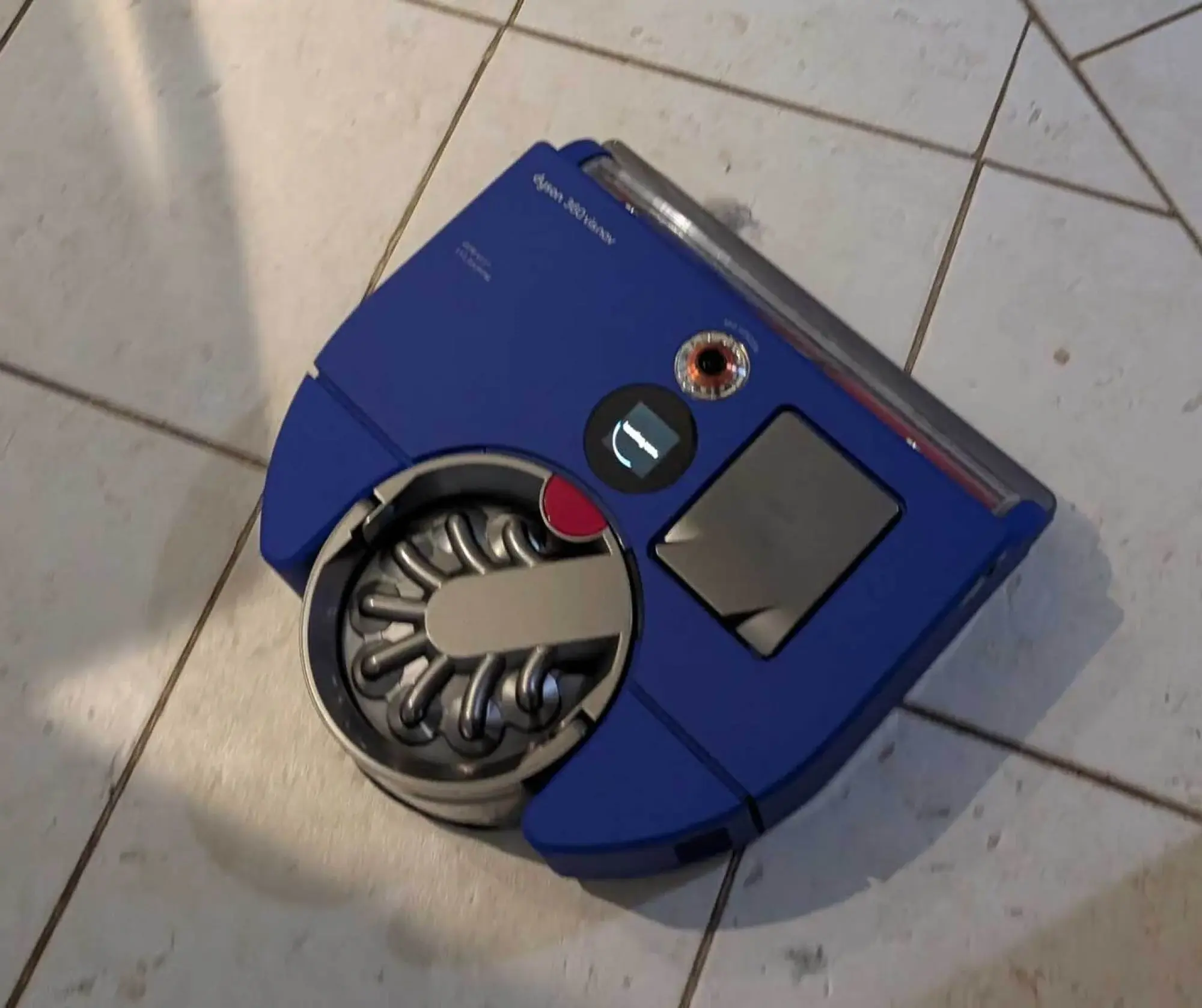
In stark contrast, the Roomba 205 has a more subtle and traditional look. Dark grey in color, the surface is smooth and flat, and other than being chonkier than most robots (it is almost four inches in height), there's nothing notable about the look of the vacuum.
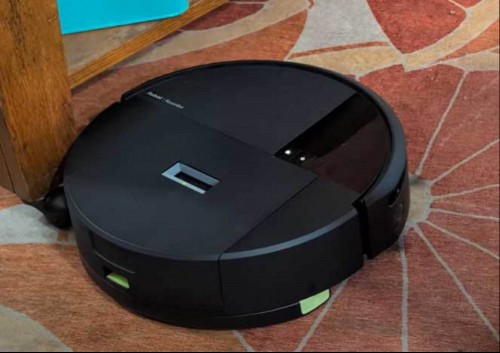
This is purely personal taste. The Roomba is going to be more discreet, but you will never trip over the Dyson because you can see it from space—a toss up.
How their docks compare
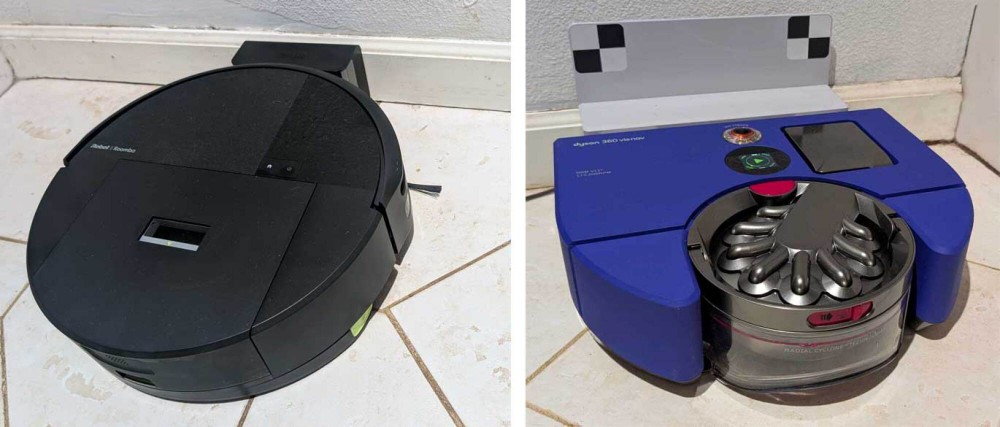
Even if you don't have a self-emptying tower, you need a base for the robot to return to for charging. The Dyson 360 comes with a larger gray plate marked with large black and white boxes that I found garish, but at least it stayed in place. The Roomba's dock, a much lighter and smaller plastic that matched the robot, refused to stay put on anything but carpet. This made it hard for the robot to dock.
The docks don't actually do anything more than provide a landing pad, so there's not much to judge. It's a toss up, given I prefer the invisibility of the Roomba, but the Dyson does work better.
Simplified controls in both apps
One could largely skip the Dyson app altogether and rely only on the buttons on front of the robot. Even so, if you open the Dyson app, the controls from the Vis Nav were highly simplified, focused only on actual control of a cleaning run. You could do little more than create a map, do some basic editing of the map, and control the intensity level of vacuum and mop on an immediate or scheduled run.
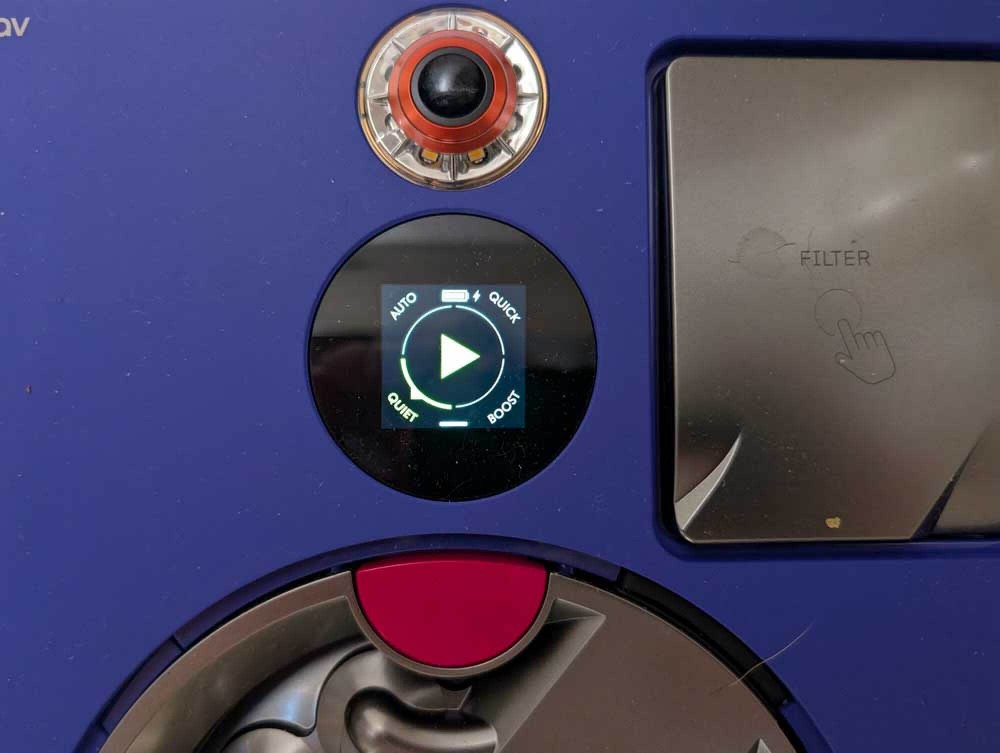
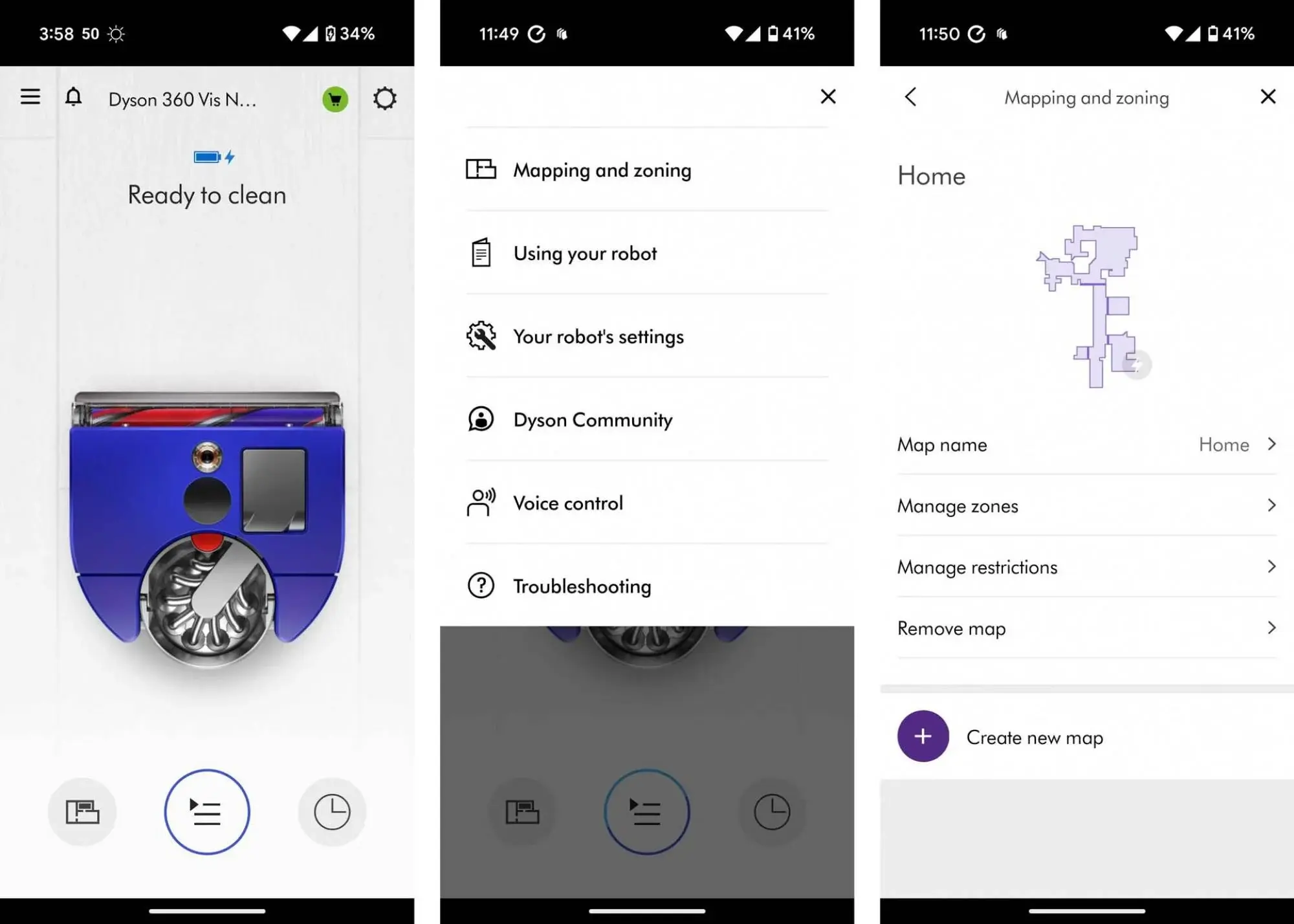
In my review of the Vis Nav, I noted that it was clear this robot was for a different kind of consumer—someone who wanted simplification, while getting the basic benefits of a robot vacuum. I imagined it being appealing to seniors, for example.
The Roomba app takes a more traditional approach, while still streamlining. However, the app was extremely buggy for me during testing, routinely crashing. The app didn't seem to sync well with the robot, either, often telling you the robot was on the job when it was already done, or not updating that it had just finished a mapping run.
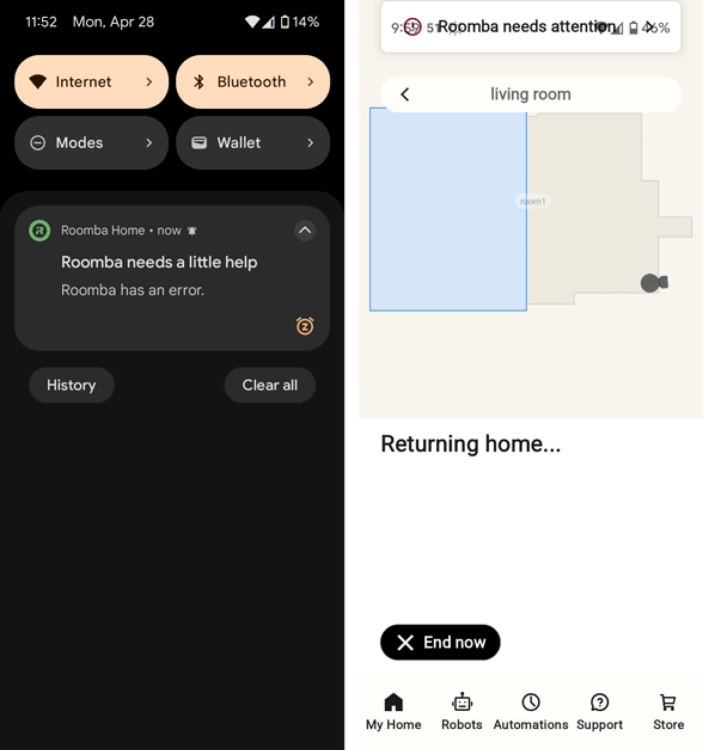
Unlike the Dyson, the Roomba doesn't claim to be a premium robot, so having only basic features isn't a let down. You can create maps, manipulate them, schedule runs, and decide what intensity each run should be. While I found the app made it hard to reach specific functions, someone with this robot would learn where features are.
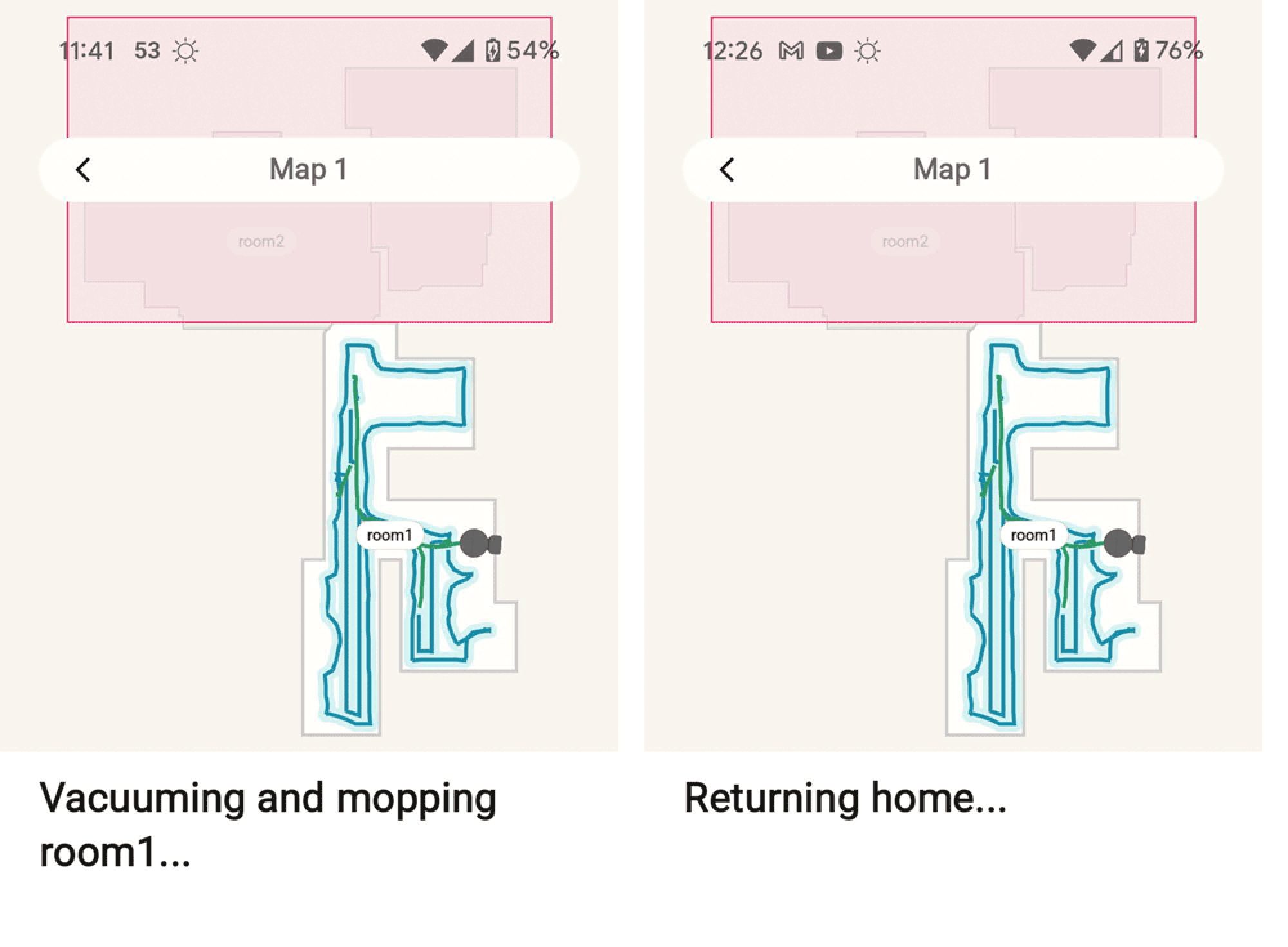
Again, neither of these apps have advanced features like Remote Control, which allows you to use your phone to steer the robot, or provide highly detailed history, assign a sequence to the rooms, or nuanced controls on obstacle avoidance or a video live view, and neither promises them. However, I would argue that the Dyson's price (a smidge under $1,000) suggests it should have premium features, alongside other premium models.
Dyson's app never crashed and so, while I believe the app should offer more bang for the buck, it still beats Roomba's buggy offering.
Competent vacuums
Dyson's luxury brand is built on the premise that they have the "best" vacuums, and if you read reviews of stand up vacuums, most people generally agree. Dyson promises top-of-the-industry suction power in the 360 Vis Nav, about 22,000Pa. While that's quite high, it's not the highest out there, and I found it didn't matter much, anyway. While the Vis Nav competently grabbed small and medium debris, the design of the robot translated to poor pickup of medium-large to large debris. Still, if you don't routinely have large debris, it wouldn't be a problem. It did pick up pet and human hair without trouble.
One thing of note that I liked: The Dyson has a side duct that sucks up debris, rather than the extending sweep many other robots have. I found this feature quite effective at getting close to walls to grab debris. One definite downside, though, was the amount of noise the Dyson generated. It was gratingly loud, even on lower settings.
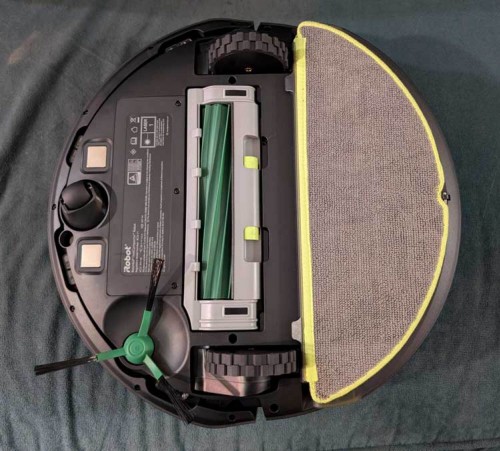
In contrast, the Roomba was a disappointment, in terms of performance. I observed the sweepers moving the debris towards the roller, but the suction simply wasn't enough to move the debris into the vacuum. While the 205 only has 7000Pa, a relatively low suction power in today's market, other robots with similar power have done a better job vacuuming, in my experience, like the Switchbot K10+. Something about the design of the 205 caused it to miss debris.
But that wasn't all: The Roomba got stuck in places no other robot had—places where there were no obstacles, like near a coffee table. The 205 struggled to navigate surfaces all other robot vacuums had, like moving onto a low profile area rug. It was so hard to complete a vacuum run that I was never able to collect enough dust to empty the generous canister on the robot.
The Dyson competently vacuums, while the Roomba struggled at every turn.
Emptying the vacuums
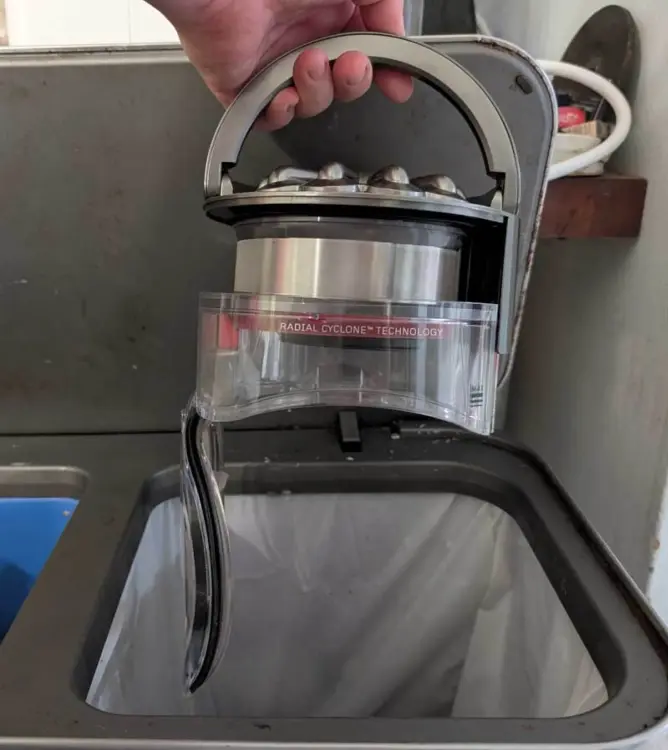
Half the value of a robot vacuum, in my opinion, is that you usually don't have to empty it yourself; the tower handles this for you. Without such a tower, you need to manually empty them, but both Dyson and Roomba made moves to ease the pain of this routine task.
The Dyson has an innovative compartment that literally "shoots" the debris into the trash can, without you having to do much more than push a button. While better than other experiences emptying vacuums, it still produced some dust.
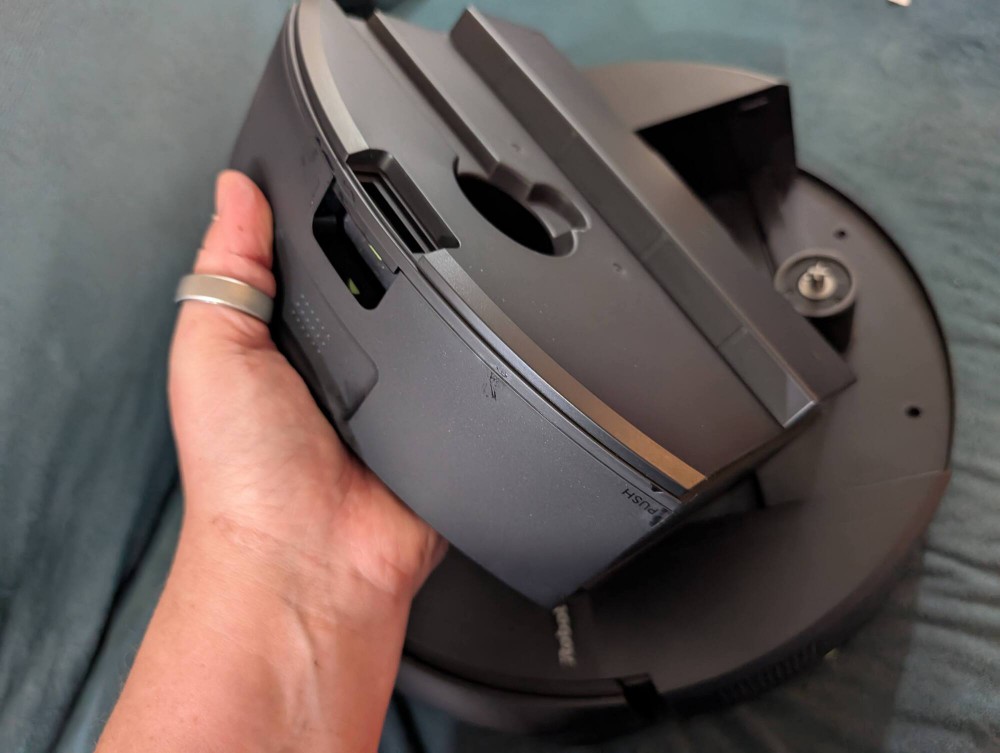
Roomba's generously sized dirt compartment also features "dust compaction," which is precisely what it sounds like: a trash compactor for your robot. This is supposed to translate to having to empty the container less often, only a few times a year. As such, I never had need to empty the container, but did so for the sake of testing. You won't have to do it often, but on the Roomba, when you do need to empty the container, it will be the same experience as with other vacuums, where dust goes everywhere.
I'd still prefer a self-emptying tower, but if I had to choose an experience for emptying the dust from my robot, it's Dyson by a mile.
At least the Roomba mops
Mysteriously, for a robot at this price point ($999), the Dyson lacks a mop, which every other robot at this price point offers.
The Roomba 205 does double duty, although I didn't find the mop to be anything worth writing home about. A simple mop pad on the back of the vacuum, the 205 did little more than push dirty water around on the floor, dispensed from an undersized water container. Without agitation, the Roomba did little to remove stains or grime from my floor, but did get it wet enough for a few meme-worthy slips and slides from myself and my canine.
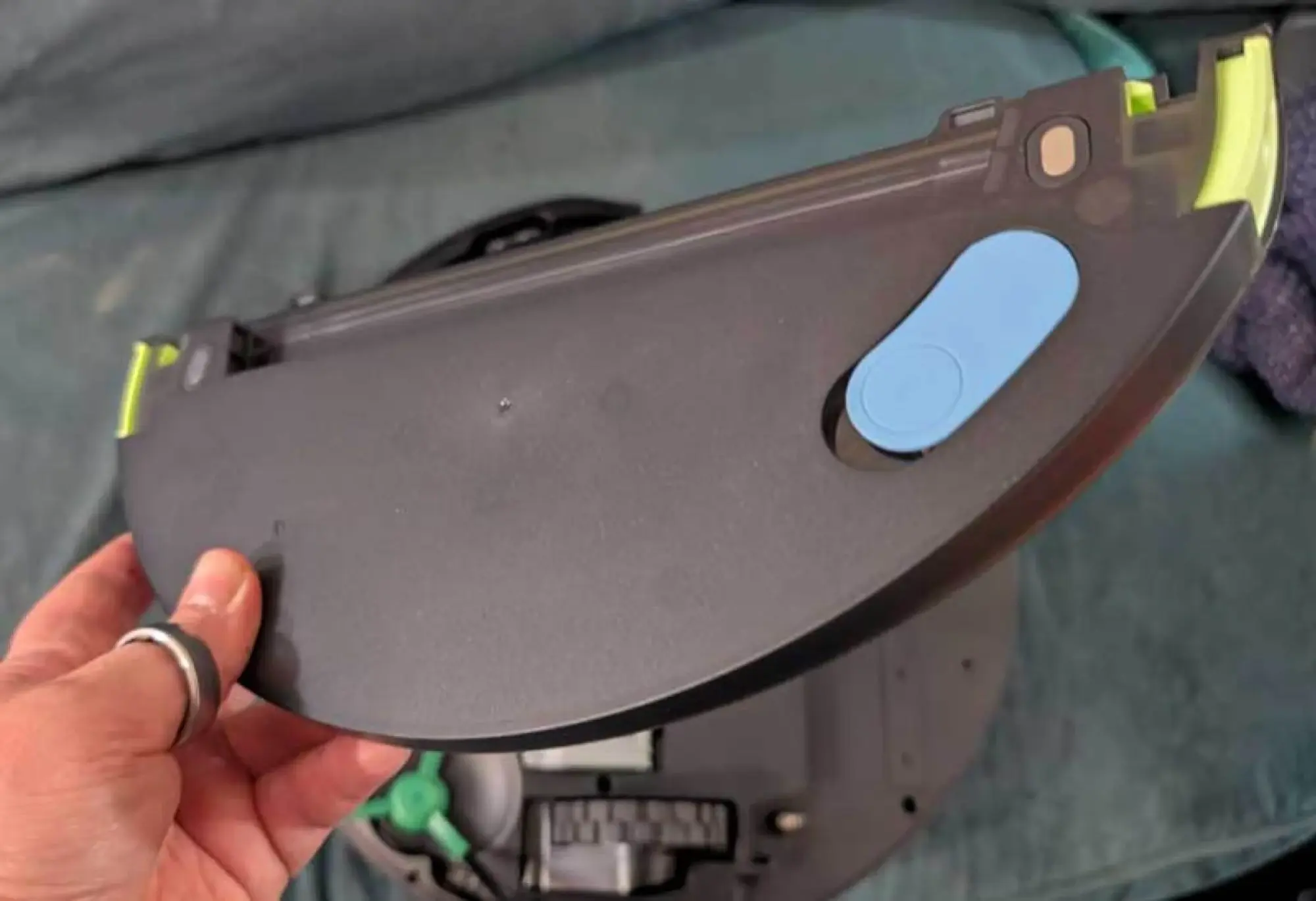
While the Roomba should win this, considering the Dyson doesn't even have a mop, the Roomba performed poorly enough that it's a toss up.
And the Winner (I guess?) Is...
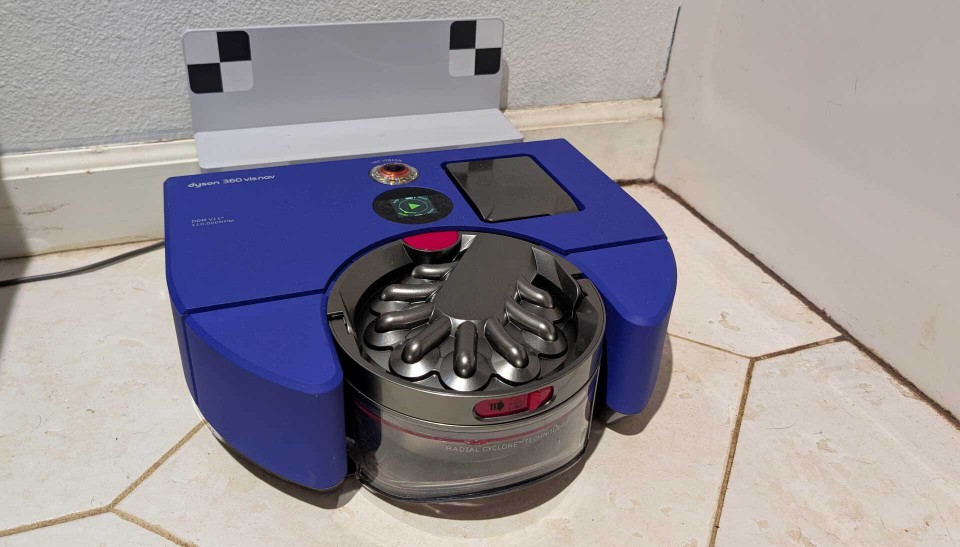
I don't think either of these robots, the Dyson 360 Vis Nav or the Roomba 205, are great buys. While the Dyson performs better, the vacuum misses larger debris, and there's no mop or advanced features, at a price point that should offer them. Still, the Roomba, even at a much more affordable price (just under $450) disappointed in so many areas. From a crashing app to an underperforming vacuum that missed lots of small debris and got stuck on terrain no other robot would (and a mop that did little more than saturate the floor), it's hard to find something nice to say about the vacuum.
I would suggest, though, that the Dyson might serve a specific audience, namely tech-adverse folks and/or seniors. You don't need to use the app much, using the buttons on the robot itself, and it would be hard to trip over a robot this bright and loud.
A real issue is that there aren't any premium robovacs without a tower, so no matter what price you pay, you're getting a robot with less features and functionality if you skip the tower. My first suggestion is—if money isn't the issue and you can make a tower work by tucking it away in a closet or a cabinet—you should try. Instead of paying $1,000 for a Dyson 360 Vis Nav, spend it on a Roborock S8 Pro Ultra at $669. An exceptional combo robot vacuum and mop, the tower is short and compact. The tower for the Switchbot K10+, a vacuum-only at $229 is even more petite.
If you just can't swing a tower and have to stick to a dock, you can also consider a Roborock model like the Q10 S5, at $399.
Freelancers cover news, tech, and entertainment for Lifehacker.
